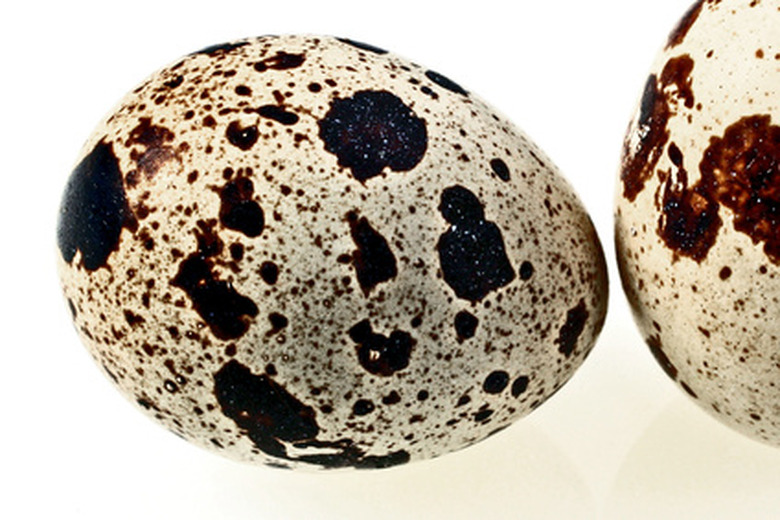Life Cycle Of A Quail
The quail is a very interesting bird. It is not one of the most common that we see everyday on our front lawns or perched on the telephone wire. Thus, its tendencies, habits and life cycle are not as familiar to us as those birds who nest and raise their young in our backyards. But just like the birds we enjoy watching from our back window, the quail has a intriguing life of its own.
Nesting and Birth
Nesting and Birth
In a nest usually concealed within dense brush and grass, Quail eggs can be found. The number of eggs a Quail lays is called a clutch. The average clutch size is twelve to fourteen eggs. Although Quails are great nest builders and protective of their young, only about ten eggs actually hatch. Unlike many species of animals, the duties of parenting are shared between both the male and female Quail for the duration of the nesting season, which span over the summer months.
If not destroyed by predators or bad weather, the chicks will hatch after about three weeks of incubation. For the first two weeks of life, the chicks will have a diet of strictly insects and mixed grasses. After this period, they will slowly transition to a diet of seeds and grains and make their first attempts to fly.
Diet
Diet
After transitioning to a diet of seeds and grains, Quail will continue these eating habits from the rest of their lives. However, throughout the year as the seasons change, Quail will find various seeds and grains to fulfill their diet depending on availability. Various weeds, wild beans, corns and peas are often contributors to this diet.
Severe winters can be devastating times for Quail. Quail have very fast metabolic systems requiring them to eat regularly. If not properly fed, a Quail can die of starvation within three days. Thus, in harsh winters after finding a food source, Quail will often over stuff themselves in order to prepare for the event that more food does not come along.
Shelter
Shelter
Quail life is relatively simple and therefore do not require lavish living accommodations. An ideal living area for Quail is one with adequate protection from predators, airy with access to sunlight, and spacious enough to allow for regular preening. This type of environment is usually found around tall grasses and brushy areas. Dense brush and woody vegetation provide the best shelter as they ensure better protection against predators.
Roosting
Roosting
Quail roost in a very interesting and efficient method. Usually Quail will roost in groups. The number of Quail is crucial when roosting. Quail roost in a circle, allowing the group to have a 360 degree view of its surroundings. This provides optimal protection from approaching predators. The number of Quail in the circle is crucial because Quail generate heat by preserving the heat of their droppings. It takes a minimum of seven Quail to complete a roosting circle and allow for the center of this circle to act as a trap, conserving the birds' dropping between the circle of tails.
Mating Season
Mating Season
Quail will usually remain with their coveys for most of the year. These coveys range from ten to two hundred birds. Only during the mating season will pairs break off from the group. During mating season, male Quail will perch in trees or highlands giving their characteristic call to mark their territory. The Quail life cycle will follow this yearly pattern for the bird's entire life, which will range from ten to twelve years.
